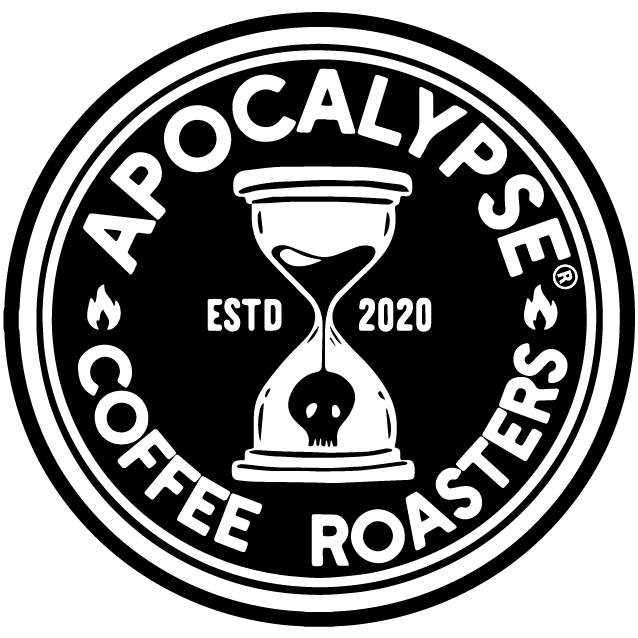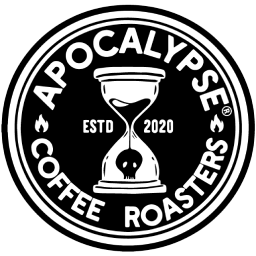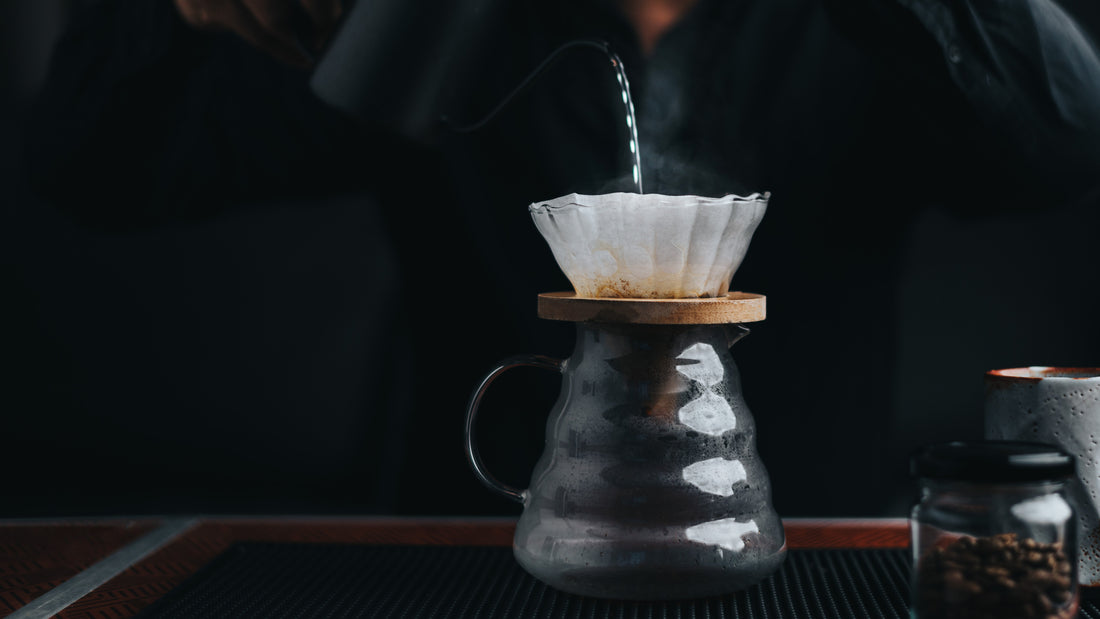UNDERSTANDING THE SCIENCE BEHIND CAFFEINE, WHY CRASHES HAPPEN, AND HOW TO ENJOY COFFEE WITH STEADY ENERGY LEVELS
The ability of coffee, through caffeine, to provide alertness and delay fatigue makes the beverage a favorite among millions of coffee lovers across the globe. However, some people experience a sudden drop in energy after their caffeine intake wears off, commonly known as a caffeine crash or coffee crash. While this effect is natural, understanding the causes and learning how to prevent caffeine crashes can help coffee enthusiasts enjoy the benefits of coffee without experiencing unwanted fatigue or irritability.
What is a Caffeine Crash?
A caffeine crash is when a person experiences a sudden decline in energy and alertness. This can occur hours after consuming coffee, as the effects of caffeine wear off. The underlying cause is biochemical: caffeine temporarily blocks sleep-promoting signals in the brain, and when its effect fades those signals return, sometimes more noticeably than before. The primary mechanism involves adenosine, a naturally occurring neurotransmitter that promotes sleepiness. Caffeine is able to bind to adenosine receptors and, in effect, delay tiredness. As the body metabolizes caffeine, the effect stops, and adenosine can flood receptors, causing drowsiness. Crashes are more than an inconvenient dip: they often combine mental and physical symptoms such as headache, mood change, and poor concentration. How severe the crash becomes depends on factors like total caffeine dose, timing of consumption, individual metabolism, hydration, and sleep quality. Recognizing the pattern and timing helps separate a true caffeine crash from ordinary tiredness.
Symptoms of a Caffeine Crash
Symptoms of a caffeine crash can appear within a few hours after caffeine is consumed. Common symptoms are feelings of fatigue, drowsiness, and difficulty concentrating. This onset means these symptoms can disrupt work, study sessions, or other tasks that require focus. Headaches are another frequent sign, often felt as a pressure or throbbing sensation. These headaches occur in part because caffeine constricts blood vessels while active; when caffeine drops, vessels dilate and pain can follow. Mood shifts such as irritability or low tolerance for stress are also common, turning minor annoyances into larger frustrations. Other possible symptoms include muscle aches, tremors or shakiness, nausea, and increased appetite. Some people may feel lightheaded or report a sudden desire to nap. Because several of these signs overlap with dehydration, low blood sugar, or sleep deprivation, timing relative to caffeine consumption is the clearest clue that a crash is the culprit.
Does Coffee Make People Crash?
Coffee is the most common source of caffeine worldwide, so it often receives direct blame when a crash occurs. The drink itself is not harmful in moderate amounts; rather, how it is consumed determines the risk of a crash. Rapid intake of multiple caffeinated beverages or high doses in a short period raises the chance of an energy drop later. Individual differences matter. Genetics and metabolism influence how quickly caffeine is processed, so two people drinking identical cups of coffee may experience different outcomes. Habitual coffee drinkers develop some tolerance, which can postpone or blunt the crash, while infrequent consumers may feel sharper effects. Context also plays a role. Drinking coffee on an empty stomach, pairing caffeine with sugary additives, or consuming coffee while sleep-deprived magnifies swings in energy. In many cases, coffee exposes underlying habits, poor sleep or skipped meals, rather than being the sole cause of fatigue.
Why Crashes Sometimes Happen After Coffee?
Several biological and lifestyle mechanisms contribute to crashes. The primary biological driver is the rebound of adenosine activity after caffeine clearance. That rebound produces a feeling of tiredness that can appear sudden and intense. Adrenaline surges triggered by caffeine provide temporary vigor but can be followed by a perceptible drop as adrenaline levels fall. That “high then low” pattern feels like depletion, especially when combined with mental strain or physical exertion. Blood sugar fluctuations are another factor. Caffeine stimulates glucose release from the liver and can temporarily reduce insulin sensitivity, producing an initial spike followed by a decline. For people sensitive to blood sugar swings, this can add a physiological layer to the crash symptoms: shakiness, dizziness, or fatigue that feels distinctly physical.
Caffeine Crash and Blood Sugar
Caffeine raises adrenaline, which signals the liver to release stored glucose. This can create a short-lived elevation in blood sugar followed by a drop as the body uses or regulates that glucose. The result is a sugar-style slump layered on top of caffeine withdrawal effects. In addition, caffeine reduces insulin effectiveness for some people, blunting the body’s ability to return blood sugar to baseline promptly. Those with diabetes or prediabetes may notice more pronounced fluctuations after coffee, so monitoring responses and timing intake around meals becomes important. Managing blood sugar helps prevent crashes that feel both physical and cognitive. Eating balanced meals and pairing coffee with protein or healthy fats moderates absorption and provides steadier energy than caffeine alone.
When Does a Caffeine Crash Typically Occur
Most people experience a noticeable crash three to six hours after consuming caffeine. This timing reflects caffeine’s average half-life, about five hours for many adults, but it can range widely based on genetics, age, medication use, and overall health. Some individuals metabolize caffeine much faster or slower, shifting the window for a crash. Morning coffee can cause an early afternoon dip as the caffeine metabolizes. Caffeine consumed later in the day may lead to evening crashes and also interfere with sleep, creating a cycle of poor rest and daytime reliance on coffee. Regular caffeine consumers may find the crash timing is less predictable, since tolerance alters perceived effects; however, the biochemical processes remain the same. Even with tolerance the body eventually clears caffeine, and the rebound of sleep-promoting signals still occurs.
Strategies to Enjoy Coffee Without Crashing
Coffee lovers can maintain energy and focus by adopting a few simple strategies. Limiting total caffeine intake to moderate levels, generally around 400 milligrams per day, helps prevent overstimulation. By pacing coffee consumption throughout the day rather than large amounts at once, the body is able to metabolize caffeine more steadily. Additionally, healthy snacks can stabilize blood sugar, and seven to nine hours of sleep per night improves natural energy cycles, making caffeine support more effective.
Fuel Every Moment Without the Crash — Coffee Crafted for Lasting Energy
Every cup begins with intention, and at Apocalypse Coffee Roasters, that means creating a brew perfect for preparation. As a family-run roastery on Florida’s Space Coast, coffee is more than a daily ritual; it’s a calling. Whether fueling early launches or exploring late-night theories about extraterrestrial life, the mission is clear: to serve the best first sip on the planet. With over 25,000 hours dedicated to our craft, each roast is designed to highlight clarity and smoothness. Join the locals who already know: when it’s Apocalypse Coffee, the day starts better. Take our quiz to find the perfect roast and never risk running out when brew is needed most.







